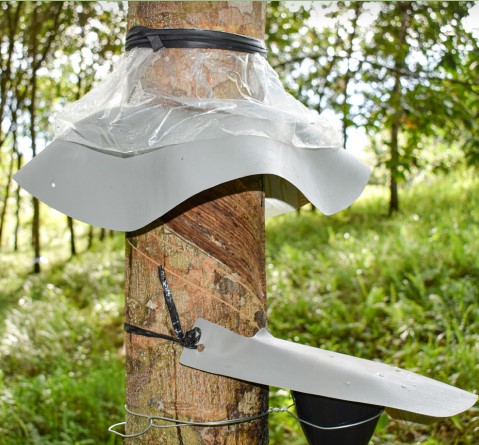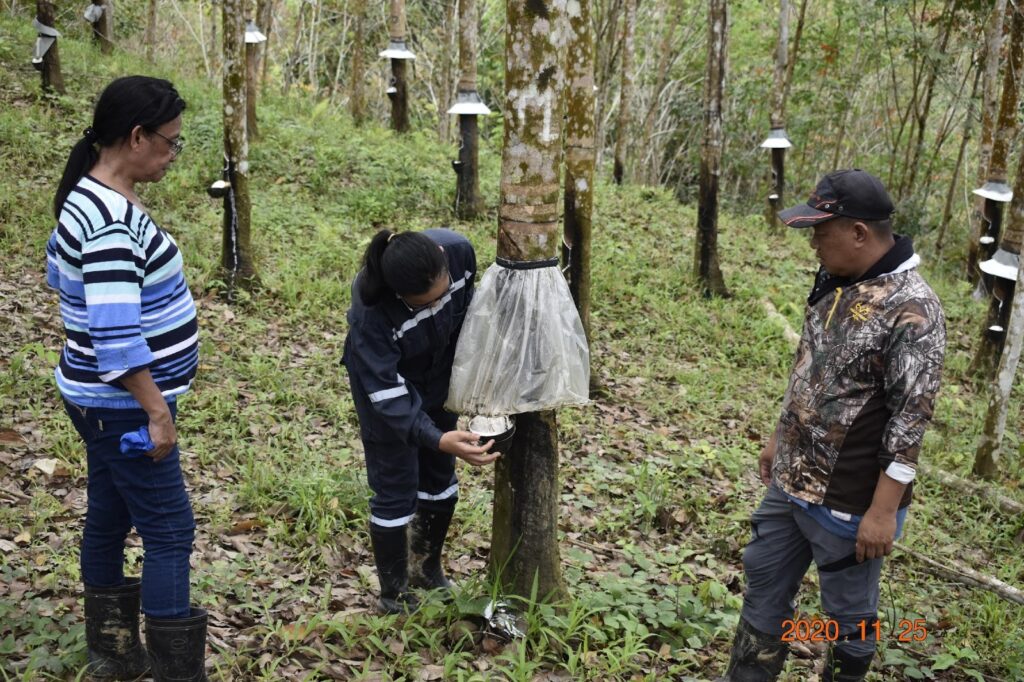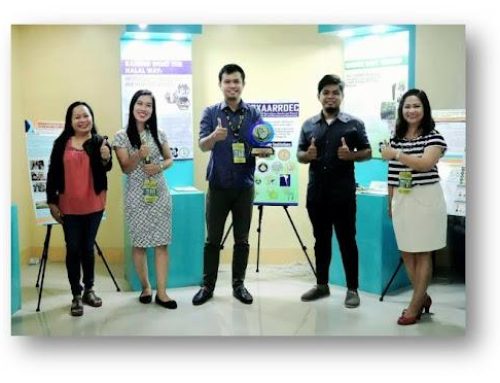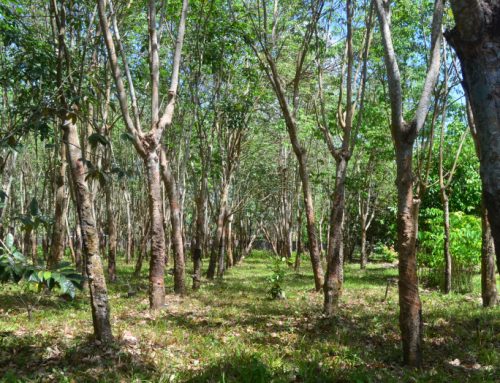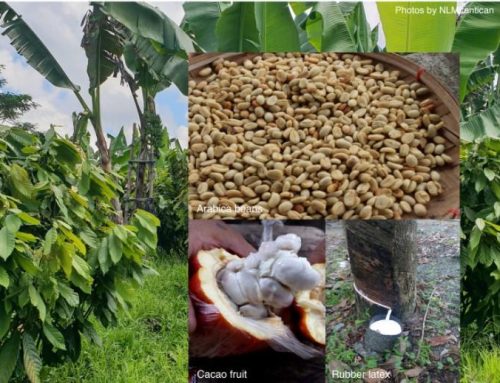In this Article
Rubber is one of the top agricultural crops in the Philippines for it generates employment in the rural areas, enhances environmental rehabilitation in idle lands and uplands, and is a good species in the sequestration of carbon dioxide (Alcala, E. A., 2007). Latex is the major product from this species while rubber wood (lumber) is considered a secondary product. The products are commonly used in transportation, industrial, household and in medical industry.
Yield is influenced by grams/tree/tapping. Generally, a tree will yield approximately 4-5 kgs per annum. However, the number of tapping days depends on rainfall and availability of tapper workers. Rain in the morning causes problems on the part of rubber tree tappers due to washout and dilution of natural rubber latex with rain water.
Moreover, Tapping panel remains wet for long periods even after rain has ceased, which allows fungi to grow with the fresh cut tree trunk. Gan., (1988) stated that average yield loss due to rain interference has been estimated to be about 360kg/ha per year and about 30% of annual yield (Dahlan et. al., 1989). Wetting of tapping panels can be minimized with the use of rain guards. This can also increase production by 20-30% within a couple of months (Na varathne et al, 2014).

